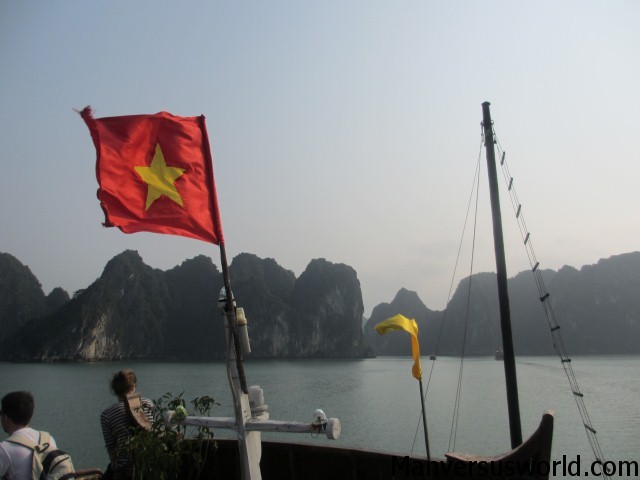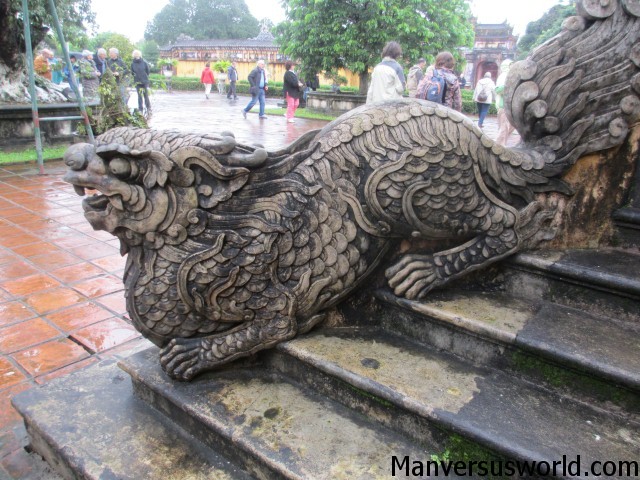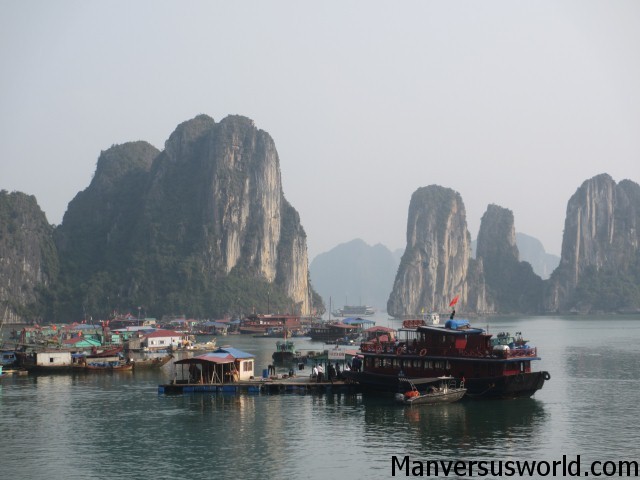
Vietnam has more than its fair share of awesome UNESCO World Heritage Sites – but do you know what and where they are?
Before we get to our comprehensive list, a World Heritage Site is a place that has been listed and approved by the United Nations Educational, Scientific and Cultural Organisation (UNESCO) as being of “special cultural or physical significance”.
At the time of writing, there are currently 1031 sites across 163 different countries, eight of which are in Vietnam. Those sites are:
1. Citadel of the Ho Dynasty
Relatively new to the UNESCO World Heritage Site list in Vietnam, but dating back to the 14th century, the Citadel of the Ho Dynasty was built to feng shui principles and testifies to the flowering of neo-Confucianism in Vietnam during that period. In other words, it marks a period in Vietnamese and Southeast Asian history when traditional Buddhist values were yielding to new technological trends.
2. Complex of Hué Monuments
From 1802 until 1945 Hue was the capital city of Vietnam. So it’s not surprising that this fascinating city boasts so much history. I’ve been lucky enough to visit these UNESCO-approved monuments to Vietnam’s past, which include the Forbidden Purple City, the Imperial City, and tombs to several Vietnamese emperors, just to name a few items of interest.

3. My Son Sanctuary
Who’s son’s sanctuary? Only joking. My Son Sanctuary, the historic remains of a series of impressive tower-temples that formed the religious and political capital of the Champa Kingdom, is located in the mountainous border Duy Xuyen District of Quang Nam Province in central Vietnam. Although I’ve never visited it, My Son looks vaguely reminiscent of parts of Angkor Wat to my uneducated eyes.
4. Hoi An Ancient Town
I had a fantastic time in Hoi An, which I’d even go so far as to say was one of the top three places I visited in all of the country. The ancient town has been a UNESCO World Heritage Site since 1999 as it’s an exceptionally well-preserved example of a historic Southeast Asian trading port, dating from as far back as the 15th century.

5. Phong Nha-Ke Bang National Park
The second of two natural UNESCO World Heritage Sites in Vietnam (*spoiler alert* the other is Halong Bay, below, of course) Phong Nha-Ke Bang National Park covers a whopping 85,754 hectares and features amazing geological diversity, including underground rivers, caves, and spectacular limestone karsts.
6. Central Sector of the Imperial Citadel of Thang Long – Hanoi
Constructed on the remains of a Chinese fortress from the 7th century, the Thang Long Imperial Citadel was built in the 11th century by the Ly Viet Dynasty to mark the independence of the Dai Viet. It’s the most important and best-preserved part of the ancient Imperial Citadel of Thang Long.

7. Ha Long Bay
Spectacular Halong Bay is a must-visit attraction for any and all visitors to Vietnam. It includes some 1,600 islands and islets, forming a photogenic seascape of limestone pillars that aren’t to be missed. Unsurprisingly to all who visit, in 2012 Halong Bay was named one of the New Seven Natural Wonders of the world.
Read about my Halong Bay boat trip.
8. Trang An Landscape Complex
Like at Halong Bay and in Phong Nha-Ke Bang National Park, limestone karsts are a feature of the Trang An Landscape Complex, which is situated near the southern margin of the Red River Delta. This lovely, photogenic landscape is permeated with valleys, many of which are partly submerged and surrounded by steep limestone cliffs. I’d love to visit it one day.
While you’re here, check out these Vietnam travel tips (learnt the hard way).
